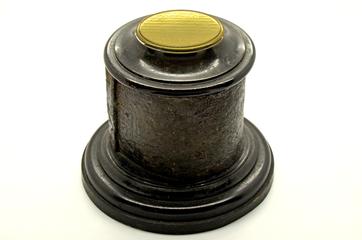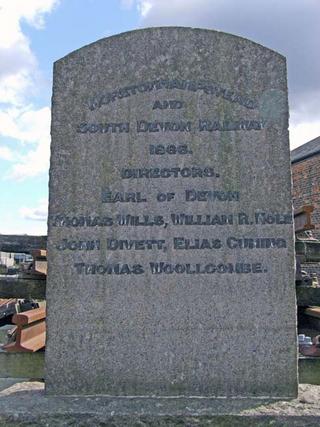
Bullion box containing lead shot
- Made:
- 1855










Bullion Box, South Eastern Railway, box containing lead shot from Great Gold Robbery from London - Paris via Folkestone train on 15 May 1855.
This bullion box is from the first great train robbery. A shipment of gold was stolen from a guards’ van on a South Eastern Railway (SER) train running from London to the south coast, where it met a ferry bound for France. The crime was discovered in Paris, when bank staff realised that thieves on board the train had replaced the gold with lead shot. As a result of the robbery the SER built special bullion vans to avoid carrying gold in guards’ vans.
This robbery, also known as the Great Gold Bullion Robbery, baffled the authorities. The South Eastern Railway claimed that the robbery must have taken place after the train had already reached France; French authorities were adamant that the gold bullion had been swiped while on English soil.
The conspirators in the robbery were Edward Agar, a notorious criminal; William Pierce, a former employee of the South Eastern Railway; William Tester, a clerk in the railway superintendent's office; and James Burgess, a SER guard. Agar and Pierce were the masterminds behind the heist, planning in detail how they would complete the robbery. They were cautious and clever, obtaining impressions of the keys needed to open the Chubb locks, and swapping the gold bars for lead shot so as to not alert anyone to its absence.
The robbery went to plan and the conspirators had seemingly 'got away with it' but events conspired to bring them to justice.
Months after the heist, Edward Agar was arrested on an unrelated charge and imprisoned. He had left instructions to his associate Pierce to send a regular payment to his lover and the mother of his child, Fanny Kay. Pierce did not do this, so Kay in her desperation went to the authorities and the whole tale came out.
Edward Agar turned witness for the prosecution and Pierce, Tester, and Burgess were found guilty during a trial lasting three days.
Details
- Category:
- Miscellanea & Curiosities
- Object Number:
- 1976-7961
- type:
- bullion box
- credit:
- British Rail, Historical Relics



